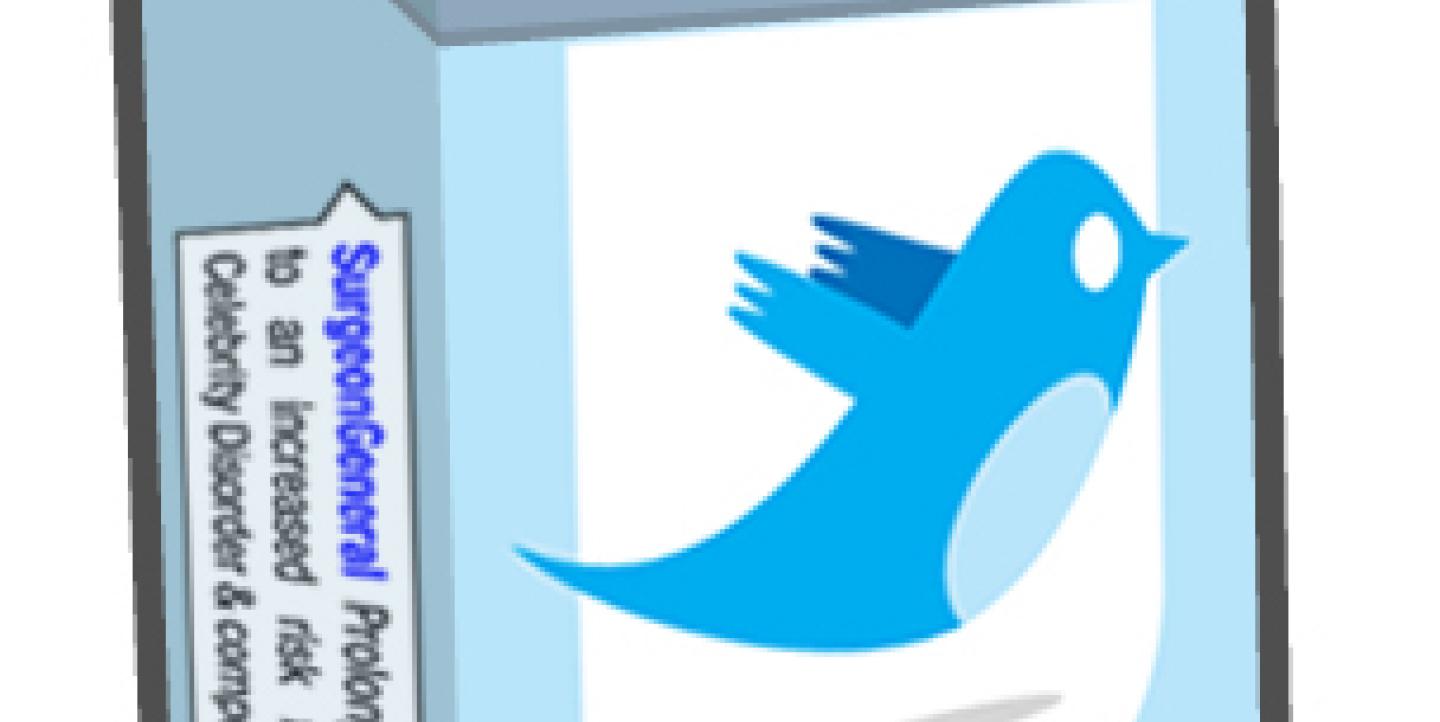With reporting by Nicole Martinelli
When old media sets ground rules for use of new media, controversy is bound to ensue. The American Society of News Editors recently wrote social media guidelines that prompted a flutter of disagreement on Twitter.
ASNE was founded in 1922, in an era when getting news meant reading a paper or listening to the radio. Perhaps sensing this, they enlisted James Hohmann of website Politico to author the report along with an internal committee.
The guide aimed to provide a framework for editors to form policies about social media.
"There were three separate reactions to the paper: Our members and those who the paper was intended to help were positive. Several folks in the new-media world thought it was a good step but criticized some of the paper's emphasis. And a few new-media triumphalists on Twitter snickered and distorted the findings." ASNE executive director, Richard Karpel told IJNet.
Since its release earlier this month, the guide has been downloaded over 800 times. In a media landscape punctuated by viral YouTube videos that earn millions of views in just a few days, that doesn't sound like much. However, considering there are only 1,400 daily newspapers in the U.S. it isn't bad, although anyone can download the guide from the site. Karpel, whose organization counts 450 members, says "that download rate is quite large in our world."
IJNet has collected a summary of some the more hotly-contested points.
Who do you think got it right?
ASNE Guideline: Traditional ethics rules still apply: “Reporters should act the same way online as they would in person. This seems like common sense, but to many journalists it’s not obvious.”
Journalist Viewpoint: “Yes, but aren't there contradictions inherent here? Does everyone act all the time in-person in a way that they'd want to see on the front page? Being professional online is even more important than in-person, because what you say there is forever findable and citable.” writes Joy Mayer, a fellow for the Donald W. Reynolds Journalism Institute.
ASNE Guideline: Assume everything you write online will become public: “Keeping separate spheres is not feasible anymore…too much personal information muddies the water and cheapens the brand.”
Journalist Viewpoint: “This reads far too much as if news organizations have the right to dictate journalists’ behavior on social media…absolute hogwash. News organizations have no say in what journalists post personally” writes Jeff Elder, who studied social media on a Knight fellowship.
ASNE Guideline: Break news on your website, not on Twitter: “In a news climate that values speed, there are great temptations and added incentives to break news on Twitter or Facebook…this undercuts one of the main values of social media for news organizations, which is to drive traffic.”
Journalist Viewpoint: “My recommendation would be for reporters to quickly tip their newsrooms first and tweet second—without waiting for the story to appear on the site. First is first, regardless of where it’s posted. Then follow up with a tweet with a link when the story is posted. (And post it FAST. Just hammer out a couple lines and keep updating it as you go.) News is a process, not a finished product” writes Cory Bergman, director of BreakingNews.com.
ASNE Guideline: Beware of perceptions: “Don’t only join Facebook groups or pages that lean one ideological direction. Try to manage privacy settings when possible.”
Journalist Viewpoint: “Do people express themselves on social networks? Of course they do. Should they avoid being stupid or offensive? Yes. But to expect them to have no opinions—and then to fire or sanction them when they do—is naive in the extreme” writes Mathew Ingram of GigaOM.
ASNE Guideline: Verify anything seen on a social networking site before reporting elsewhere
Journalist Viewpoint: “The underlying advice is sound…but journalism’s social media star now is NPR’s Andy Carvin, who does an outstanding job of sharing social media content he has not yet verified. Andy’s success here shows that you can use social media to help authenticate—faster than you can on your own” writes Steve Buttry, director of community & social media for the Journal Register Company.
ASNE Guideline: Keep internal deliberations confidential: “Social media networks can threaten the integrity of the editorial policy…some journalists pursue transparency at the expense of professional responsibility.”
Journalist Viewpoint: “Maybe. I'd hate to see hard rules about this. Be professional, yes. Don't hang your dirty laundry in public, yes. But aren't we supposed to be in favor of sharing our processes with our readers? With lifting the veil off our decision-making?” writes Joy Mayer, a fellow for the Donald W. Reynolds Journalism Institute.
ASNE Guideline: Social networks are tools, not toys: “In an April Fools kind of way, some journalists have reported phony information on social media sites.”
Journalist Viewpoint: “Please. Social media can be fun. The example cited—The Washington Post’s Mike Wise planting a bogus story—was simply bad journalism, as publishing false information would be in any format…the oh-so-serious admonition that these are tools makes it sound like we’re wielding hammers here” writes Steve Buttry, director of community & social media for the Journal Register Co.
Photo by carrotcreative, used with a CC-license.

